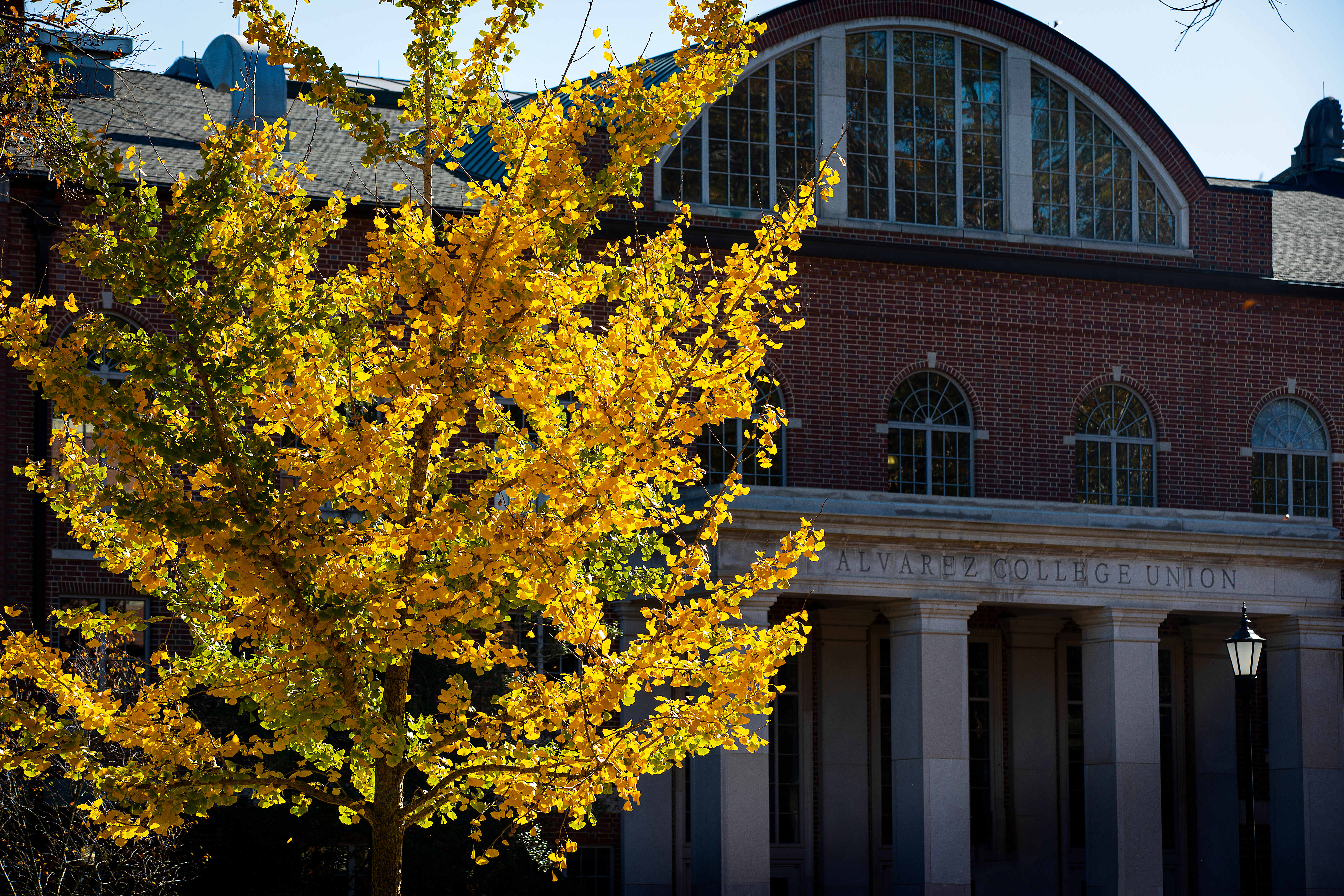Green Currency: Offsets One Step Toward Carbon Neutrality
March 1, 2017
The college has purchased a form of environmental currency–carbon offsets–to help reduce greenhouse gases generated by the campus community, a goal outlined in Davidson's 2010 Climate Action Plan (CAP) (PDF).
A 2014 inventory calculated that the college generates about 18,000 metric tons of greenhouse gases per year. The vast majority of that–12,000 metric tons–stems from the use of electricity. Combustion of fuel for heat and hot water comes in a close second.
Carbon offsetting establishes a funding pipeline between entities that generate greenhouse gases and organizations that work directly to reduce gases through facilities such as wind and solar farms, geothermal plants, forest protection agencies and methane capture systems. The funds support these projects, thus diminishing the impact of an organization's own emissions; for emissions that are impossible to reduce, the funds can be used to help reduce emissions elsewhere.
The recently purchased carbon offsets will reduce the college's total green-house gas generation on paper by 333 metric tons. The college claims an additional 26 credits through its composting operation, which keeps food waste out of the landfill and inhibits the generation of methane gas.
Sustainability Director Yancey Fouché explained that, in conjunction with additional funds from Duke University, the money the college has spent on its offsets will allow the non-profit organization "Trees Charlotte" to plant 300 trees on Charlotte-Mecklenburg Schools properties.
Through the process of photosynthesis, those trees will reduce the amount of carbon dioxide in the atmosphere.
Davidson's purchase of the credits was made possible with funds contributed by David Shi, a former Davidson history professor and former president of Furman University noted for his scholarship and activism in environmental protection.
Road to Neutrality
Carbon offsetting is an attractive means for businesses to compensate for their emissions, meet their carbon reduction goals and support the move to a low carbon economy. Businesses that generate greenhouse gases have an incentive to use carbon offsets as a response to stakeholder pressure, and a desire to demonstrate leadership in their field and differentiate themselves from competitors.
The exchange of cash for credits is carefully regulated. Projects seeking funding have to demonstrate that they require carbon finance from the sale of carbon credits in order to be financially viable and achieve emission reductions.
Every new credit has a unique identification number. When a business purchases carbon credits to offset its emissions, those carbon credits are retired through third-party registries. The retirement of the carbon credit ensures a business can claim that emission reduction, and the credit cannot be sold to anyone else.
Davidson's initiative is being facilitated and monitored by the organization "Second Nature," which is a leading association for climate action in higher education.
Fouché said a goal of the carbon offset project is to reinvigorate the conversation around Davidson's commitment to carbon neutrality.
In 2007, President Emeritus Thomas W. Ross signed the American Colleges and University Presidents' Climate Commitment (ACUPCC). This act marked a significant administrative and institutional commitment to environmental action. To comply with the ACUPCC, Davidson convened a team of staff, faculty and students to draft recommendations for the 2010 Climate Action Plan. In the action plan, the college pledged to be carbon neutral by 2050.
"This Trees Charlotte project was chosen because of its importance to the local community, and ability to engage the college community over time in service projects, research and teaching," Fouché said. "There are opportunities for students to help with the actual plantings, or to help collect and/or analyze data on sequestration rates and offsets value of our trees."



